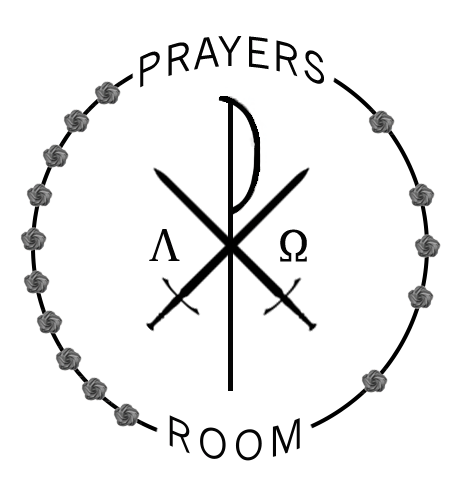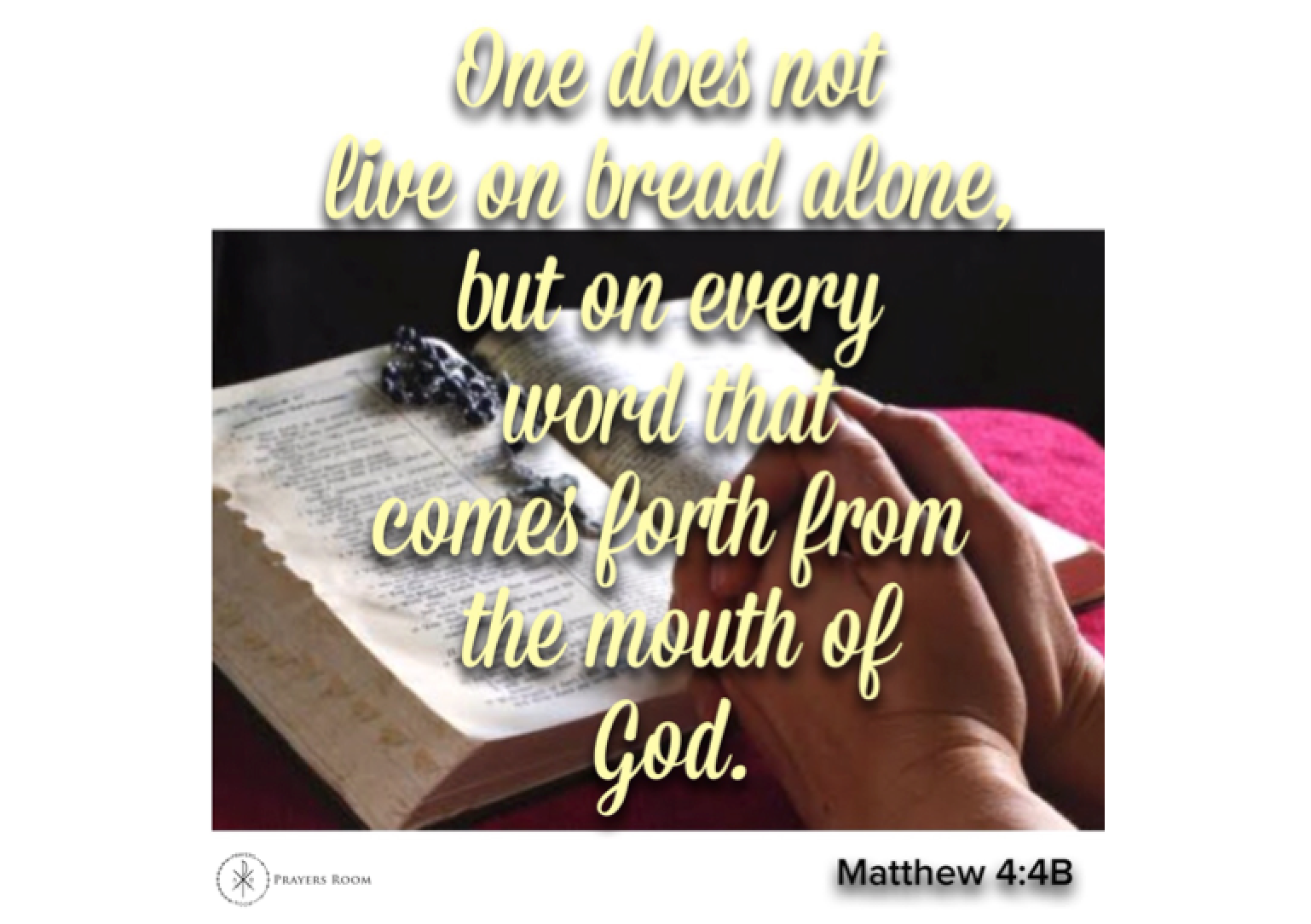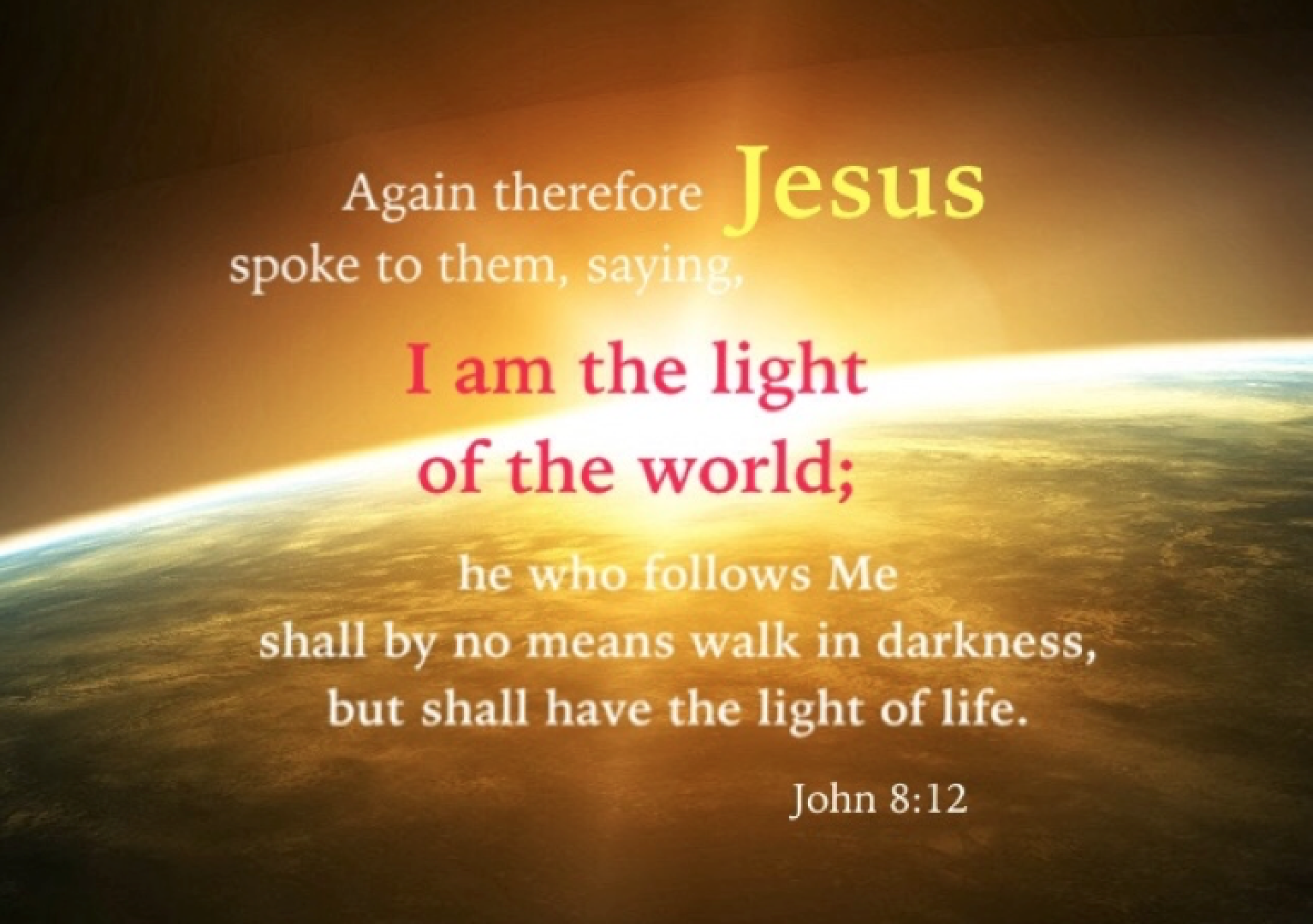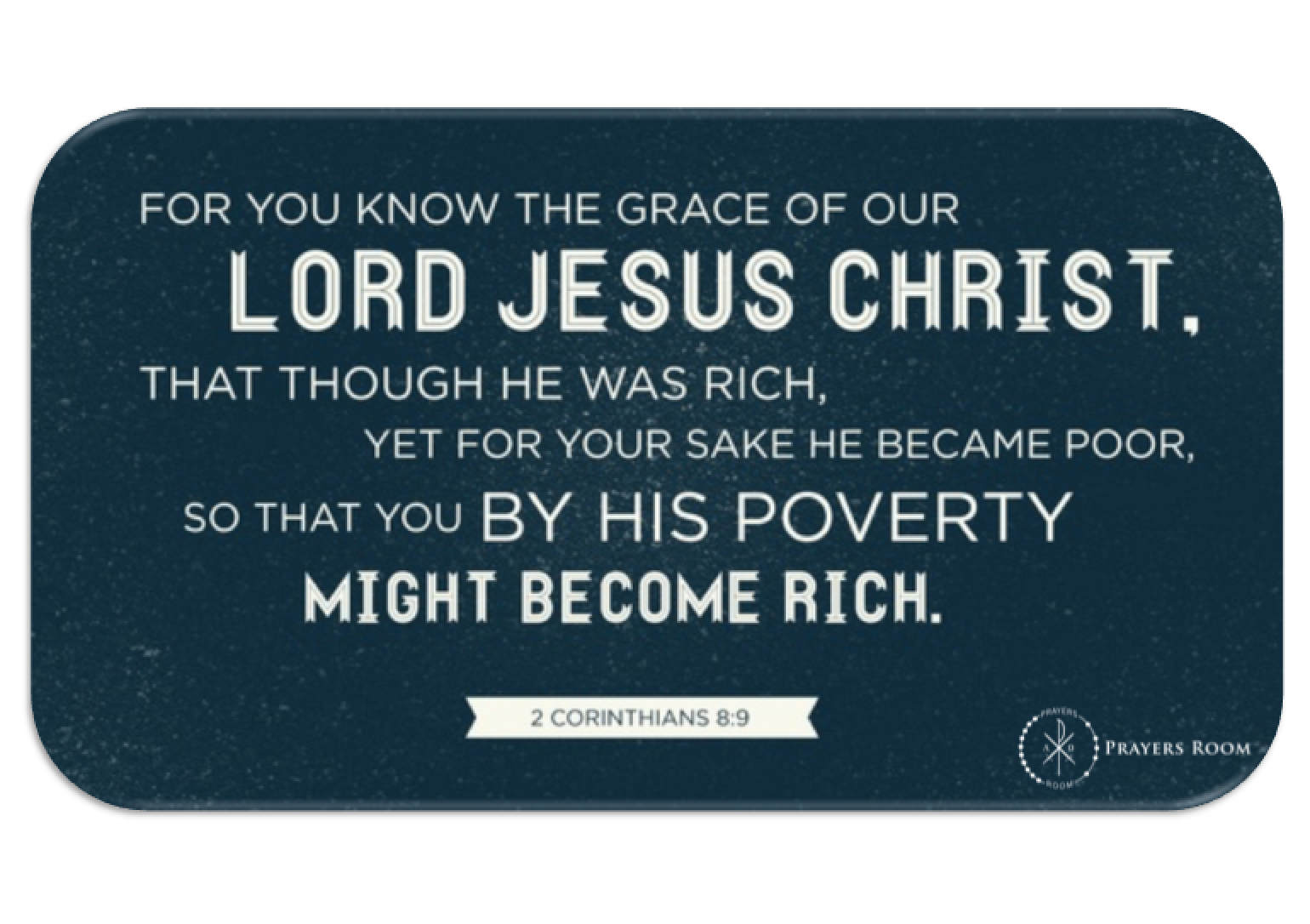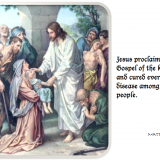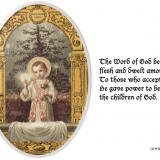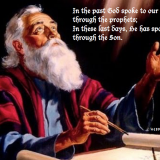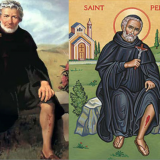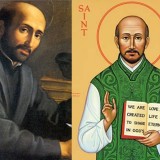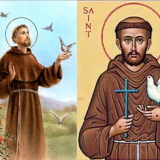Daily Reflection – Dec 25, 2016
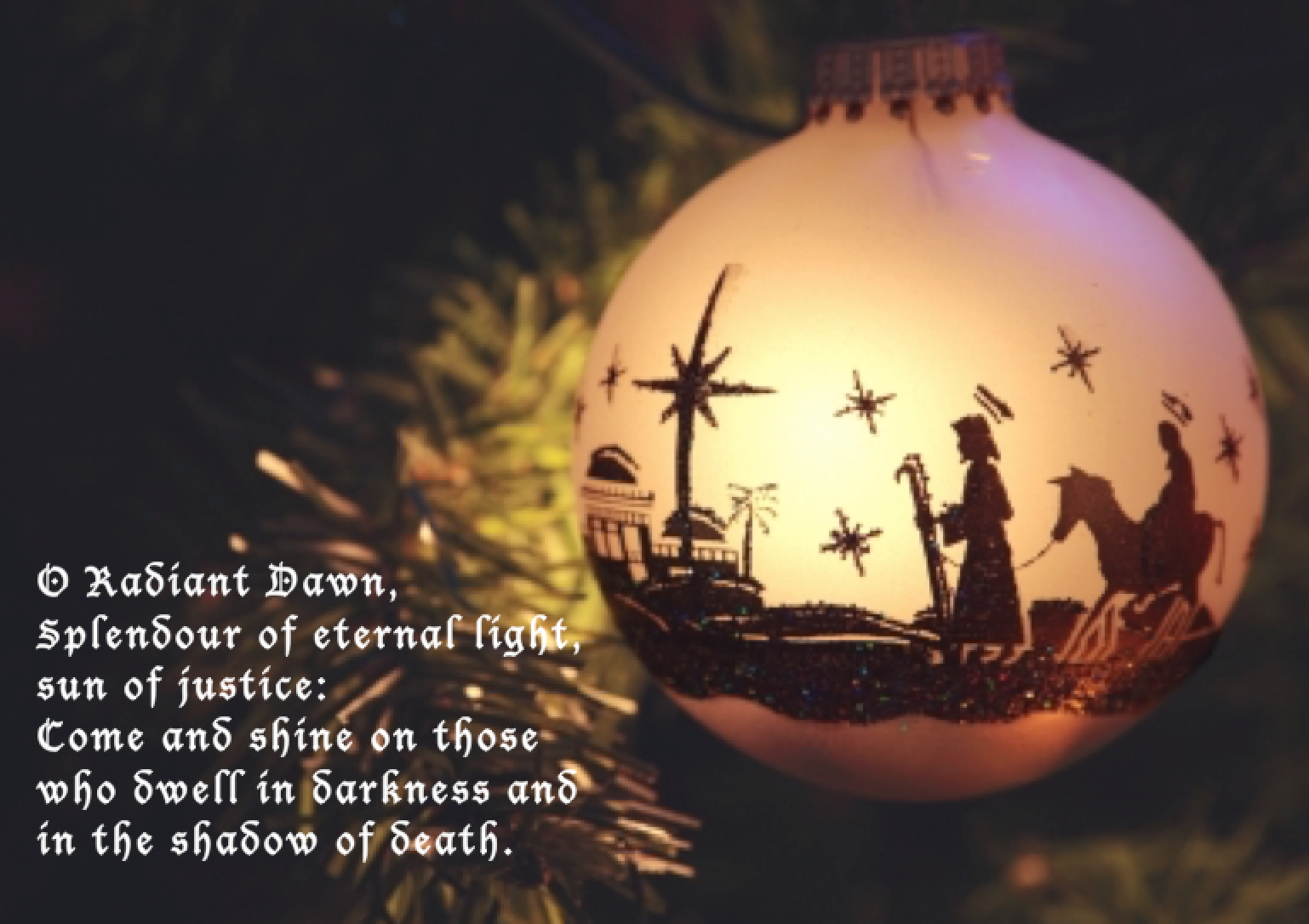
Sunday 25 December 2016
First Reading: Isaiah 52:7-10
Responsorial Psalm:
All the ends of the earth have seen the saving power of God
Psalm 98:1, 2-3, 3-4, 5-6
Second Reading: Hebrew 1:1-6
Gospel Reading: Luke 2:1-18
Today’s Note: The Nativity of the Lord (Christmas)
Gospel Reading:
In the beginning was the Word,
and the Word was with God,
and the Word was God.
He was in the beginning with God.
All things came to be through him,
and without him nothing came to be.
What came to be through him was life,
and this life was the light of the human race;
the light shines in the darkness,
and the darkness has not overcome it.
A man named John was sent from God.
He came for testimony, to testify to the light,
so that all might believe through him.
He was not the light,
but came to testify to the light.
The true light, which enlightens everyone, was coming into the world.
He was in the world,
and the world came to be through him,
but the world did not know him.
He came to what was his own,
but his own people did not accept him.
But to those who did accept him
he gave power to become children of God,
to those who believe in his name,
who were born not by natural generation
nor by human choice nor by a man’s decision
but of God.
And the Word became flesh
and made his dwelling among us,
and we saw his glory,
the glory as of the Father’s only Son,
full of grace and truth.
John testified to him and cried out, saying,
“This was he of whom I said,
‘The one who is coming after me ranks ahead of me
because he existed before me.’”
From his fullness we have all received,
grace in place of grace,
because while the law was given through Moses,
grace and truth came through Jesus Christ.
No one has ever seen God.
The only Son, God, who is at the Father’s side,
has revealed him.
Reflection:
The Word became flesh and made his dwelling among us. (John 1:14)
The date: December 1223. The place: Greccio, Italy. The problem: a man living in poverty lamenting that his town’s observance of Christmas had become overshadowed by materialism. Distraught, the man did something extreme. He gathered some friends together, along with some livestock, and re-created the scene at the manger. It was a moving experience for many people, and over the years, the practice spread across the world. The man was St. Francis of Assisi, and the practice—which every parish around the world has since adopted—was the traditional nativity scene.
About six hundred years later, a priest in France was so full of joy at the sight of a nativity scene that he found his heart melting. “Who can describe the joy of the feast of Christmas?” he asked. Then, moved by the Holy Spirit, he wrote a homily that described three acts of humility that were at the heart of this great feast.
The first act of humility was God’s plan for his Son to take on our human nature and become a man like us in all things but sin. The second act of humility was Jesus coming to us as a helpless baby entrusted to the care of two human beings. The third act of humility was God’s decision to have his Son born into poverty. That priest was St. John Vianney, known as the Curé of Ars and the patron of all priests.
As Christians celebrate Jesus’ birth today, let’s follow the example of these two great saints. Let’s fix our eyes on the baby Jesus and make him the first priority of our day. Let’s carve out some private time with him in prayer before all the celebrations begin. Maybe you can even gather the family and pray together.
And let’s contemplate God’s humility and his magnificent plan for us—a plan that was grounded in what is unquestionably the most dramatic act of humility ever.
“O come, let us adore him!”
